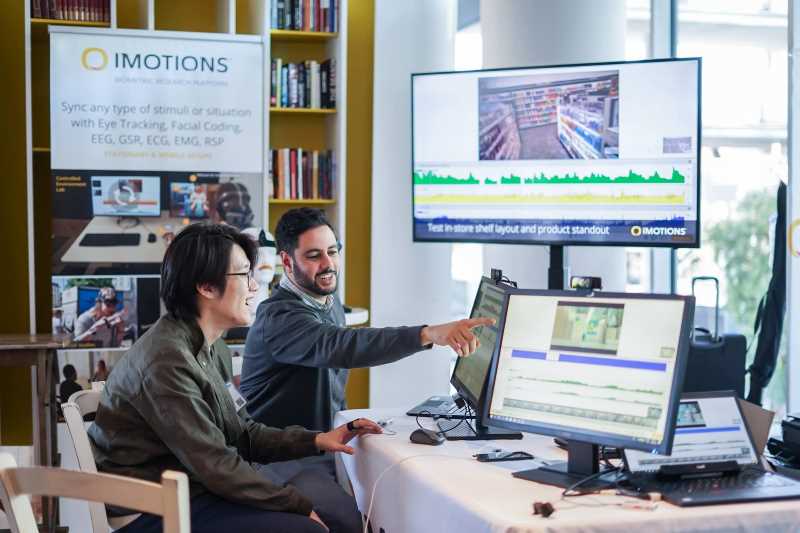The history of chairs is ancient, and there are numerous examples of highly developed constructions that dates back several thousands of years. In particular, the Egyptian burial finds have contributed to a rich and broad understanding of ancient furniture culture (Svarth, 2019). Despite its long history, the expression of the chair is surprisingly stable due to the close relation to the body, which has not changed significantly apart from an increased height.
When looking at a chair it seems that the lower part is almost always more formal than the upper part. Most chairs have 4 legs that will ensure a steady transformation of forces from the seat to the ground, meaning also that when designing the laws of static and gravity must have a big saying in the design. Static conditions make it important for the chair to be strong, stable and robust (De Gier et al., 2009). Backrest and armrest are also dependent on strong joinings but the designer is normally more free to refine the expression.
This paper examines whether the upper part of the chair, above the seat, can be considered as a face: the face of the chair. When people meet each other, we most often orient ourselves by the face. Here there is life, mimicry and a degree of legibility in the facial features, which express emotions and can be used to read how we can communicate with each other, also in the architectural spaces wherein chairs appear (Krogh, 2007).
A talented designer, like a skilled actor, can calibrate the chair’s expression and add new meanings with small changes in shape. Two chairs by Hans J.Wegner, PP505, Cow Horn Chair and PP518, Bull Chair (see PP Furniture at https://pp.dk/) are examples on how a small change in the upper parts can change the narrative and the way we perceive the chair. Both chairs have almost the same seat and base, but by working with the curves and form of the backrest Wegner manages to change the expression between the more feminine Cow Horn Chair to the masculine Bull Chair. Just by altering the face of the chair.
This article’s authors assume that most people, when evaluating a chair, will look at the upper part first, perhaps unconsciously trying to read the face of the chair. If the assumption is correct, this can be used to inform the designer when designing for user groups with different disabilities, for example the elderly and people with reduced functional capacity; How do you read a chair when you approach it? Do you look for a place to grab, for comfort or whether the seat is soft to sit on (Kajita & de Gier, 2022). This pilot study explores the hierarchy in chair perception, with a specific focus on identifying the chair’s “face” – the part that initially captures attention. Leveraging eye-tracking technology, we investigate whether chairs exhibit dominant features and the extent to which these features command initial attention.







